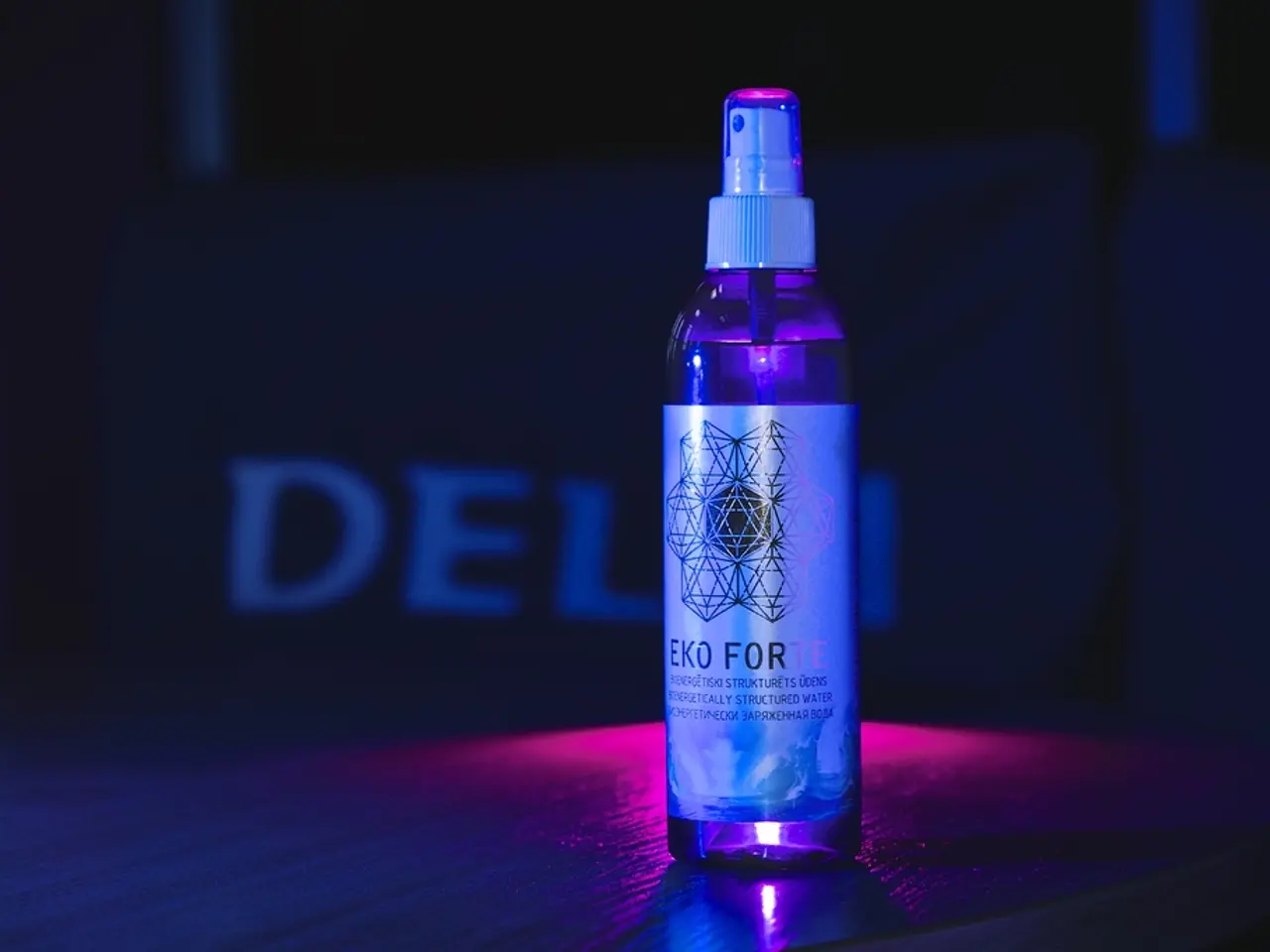Skin Benefits of Vitamin E: Advantages for Dry Skin, Scars, and Beyond
In the realm of skincare, Vitamin E has long been a popular choice for its numerous benefits. This essential nutrient, which cannot be produced by the human body, plays a vital role in maintaining and improving skin health.
Vitamin E, encompassing two groups of eight vitamins – tocopherols and tocotrienols – is transported to the skin through sebum, an oily substance that protects and lubricates the skin. This vitamin is known for its antioxidant properties, capable of stopping or reversing damage caused by free radicals.
One of the key benefits of Vitamin E is its moisturizing effect on the skin. It helps reduce transepidermal water loss (TEWL), thereby increasing skin hydration, supporting the skin barrier, and improving texture. Additionally, Vitamin E appears to calm blood circulation and reduce UV-induced inflammation, lowering skin swelling, thickness, erythema, and edema – markers of skin damage from sun exposure. These properties make Vitamin E useful in alleviating dry, chapped skin and possibly accelerating cell renewal.
However, it's important to note that while topical Vitamin E has scientifically supported benefits for skin health, its effectiveness is often enhanced when combined with other antioxidants, such as vitamin C.
While the benefits of topical Vitamin E are generally well-documented, potential risks are less commonly discussed. Allergic reactions or skin irritation can occur, particularly with pure Vitamin E oil products, in sensitive individuals. Natural products containing Vitamin E can also have a shorter shelf life and may degrade or become unsafe if not stored properly. Therefore, it's crucial to patch test new products and consult dermatologists if you have skin conditions or concerns.
Moreover, while topical Vitamin E itself doesn't have noted serious systemic risks, caution is advised when using natural vitamin-based products alongside cancer treatments due to potential interactions, although this concern is more prominent with other vitamins like A and C.
In terms of its role in wound healing, while there is some evidence supporting this idea, high-quality research to confirm these benefits is lacking. The American Academy of Dermatology Association recommends keeping a wound moist to prevent scar formation, and suggests using petroleum jelly for this.
Lastly, it's worth mentioning that from the age of 14, people require 15 mg of Vitamin E per day, although those who are breastfeeding or chestfeeding need about 19 mg. The body stores Vitamin E in the skin, in both the outer epidermis and the deeper dermis layers.
In conclusion, topical Vitamin E is generally beneficial for skin hydration, protection, and repair, particularly when combined with other antioxidants. However, users should be mindful of product quality, potential allergic reactions, and consult healthcare providers for specific medical conditions or treatments.
- The essential nutrient, Vitamin E, belongs to two groups of eight vitamins: tocopherols and tocotrienols, and is transported to the skin via sebum.
- Known for its antioxidant properties, Vitamin E can stop or reverse damage caused by free radicals, making it a popular choice in skincare.
- This vitamin has a moisturizing effect on the skin, reducing transepidermal water loss (TEWL) and increasing skin hydration.
- When combined with other antioxidants, such as vitamin C, the effectiveness of topical Vitamin E in maintaining and improving skin health is often enhanced.
- Allergic reactions or skin irritation can occur with pure Vitamin E oil products, particularly in sensitive individuals, and proper storage is crucial to maintain product quality and safety.
- While topical Vitamin E has a role in wound healing, high-quality research to confirm these benefits is currently lacking.
- People require 15 mg of Vitamin E per day from the age of 14, with breastfeeding or chestfeeding individuals needing about 19 mg, and the body stores Vitamin E in the skin, in both the outer epidermis and deeper dermis layers.




